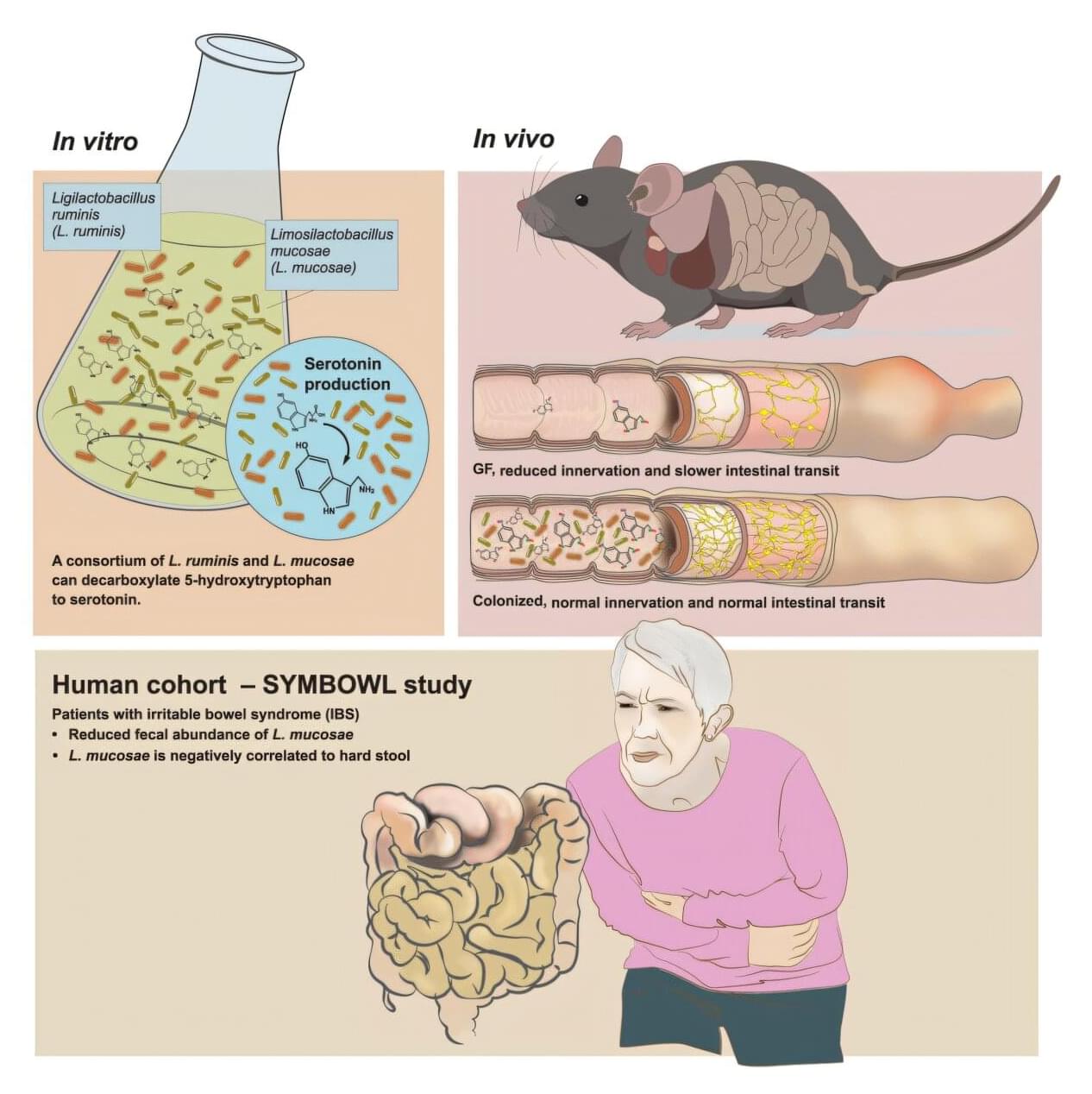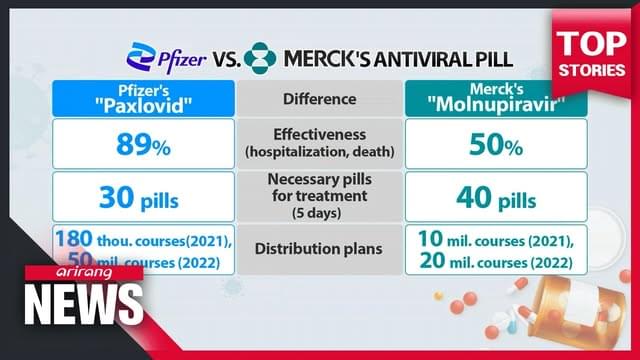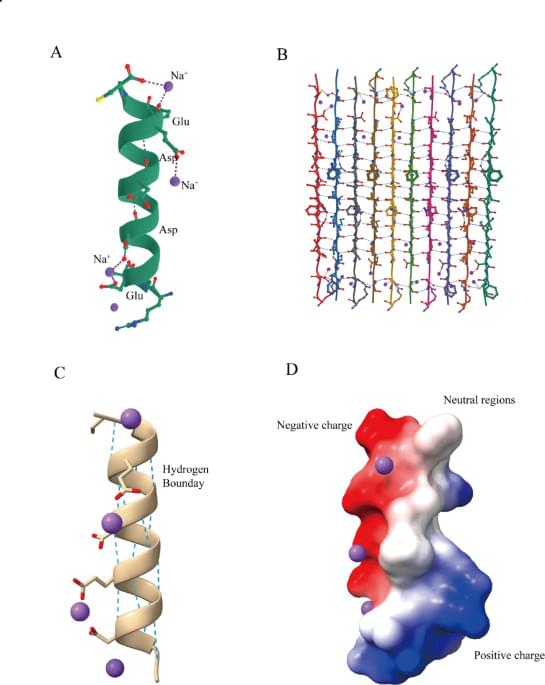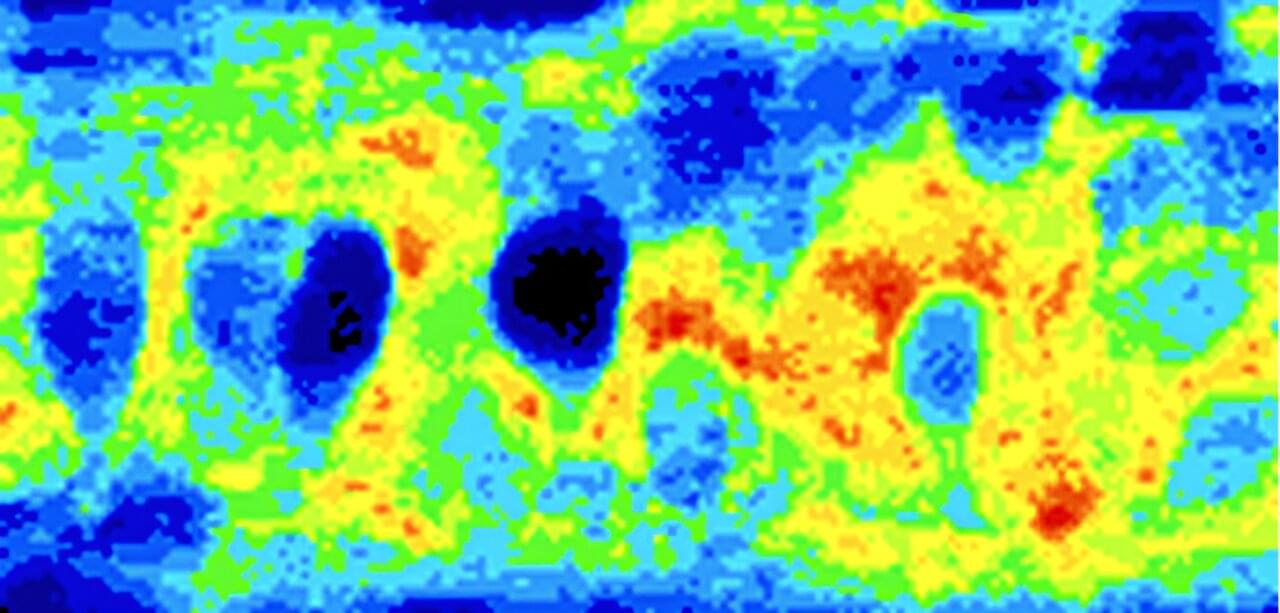The incidence of type 2 diabetes (T2D) in youth is increasing and in-utero exposure to maternal diabetes is a known risk factor, with higher risk associated with pregestational T2D exposure compared to gestational diabetes mellitus (GDM) exposure. We hypothesize this differential risk is reflected in DNA methylation (DNAm) changes induced by differential timing of in-utero exposure to maternal diabetes, and that exposure to diabetes throughout pregnancy (T2D) compared to exposure later in development (GDM), induces different DNAm signatures and different T2D risk to offspring. This study presents an epigenome-wide investigation of DNAm alterations associated with in-utero exposure to either maternal pregestational T2D or GDM, to determine if the timing of prenatal diabetes exposure differentially alters DNAm.
We performed an epigenome-wide analysis on cord blood from 99 newborns exposed to pregestational T2D, 70 newborns exposed to GDM, and 41 unexposed to diabetes in-utero from the Next Generation birth cohort. Associations were tested using multiple linear regression models while adjusting for sex, maternal age, BMI, smoking status, gestational age, cord blood cell type proportions and batch effects.
We identified 27 differentially methylated sites associated with exposure to GDM, 27 sites associated with exposure to T2D, and 9 common sites associated with exposure to either GDM or T2D (adjusted p value 0.01). One site at CLDN15 and two unannotated sites were previously reported as associated with obesity. We also identified 87 differentially methylated regions (DMRs) associated with in-utero exposure to GDM and 69 DMRs associated with in-utero exposure to T2D. We identified 23 DMR sites that were previously associated with obesity, three with T2D and five with in-utero exposure to GDM. Furthermore, we identified six CpG sites in the PTPRN2 gene, a gene previously associated with DNAm differences in blood of youth with T2D from the same population.









